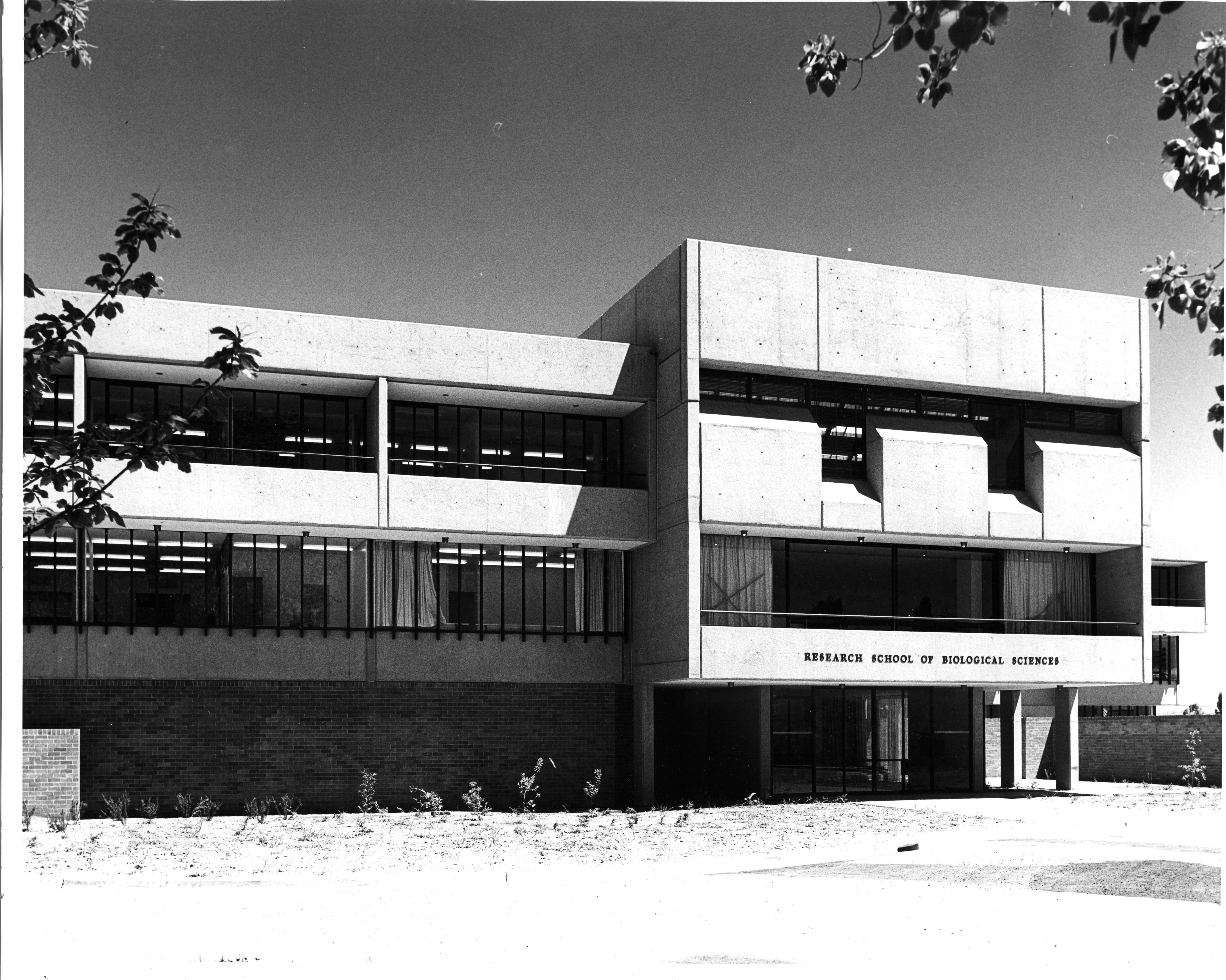
The history of Biology at ANU
We remember some achievements and memorable occasions over the years, along with some institutional and personal stories and photos.
Biology at ANU began in 1958, with the establishment of the Department of Botany at Canberra University College (CUC). The Department of Zoology followed in 1959, and when the CUC amalgamated with ANU in 1960, the two departments became part of the ANU Faculty of Science.
1967 was a big year for biology at ANU, with the opening of the Department of Biochemistry and the establishment of the Research School of Biological Sciences (RSBS), part of the Institute of Advanced Studies.
In 1991, the Departments of Botany and Zoology merged to become the Botany and Zoology Division (BoZo), and the Division of Biochemistry and Molecular Biology (BaMBi) was inaugurated.
The three separate schools – BoZo, BaMBi and the RSBS – merged in 2009 to become the Research School of Biology, with four divisions: Ecology and Evolution, Biomedical Science and Biochemistry, Plant Sciences, and the Biology Teaching and Learning Centre.







